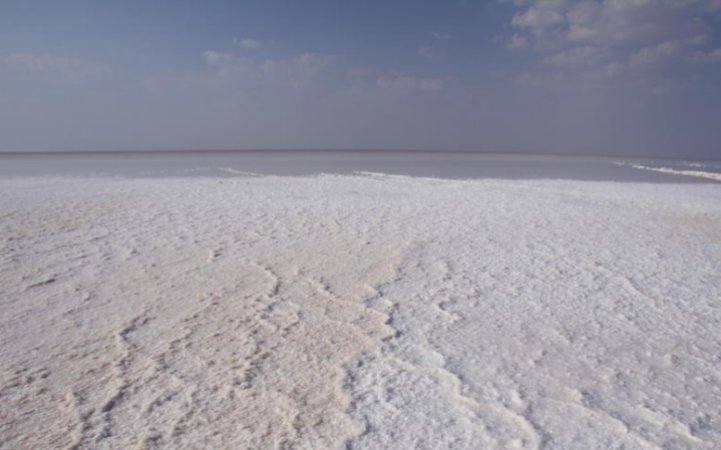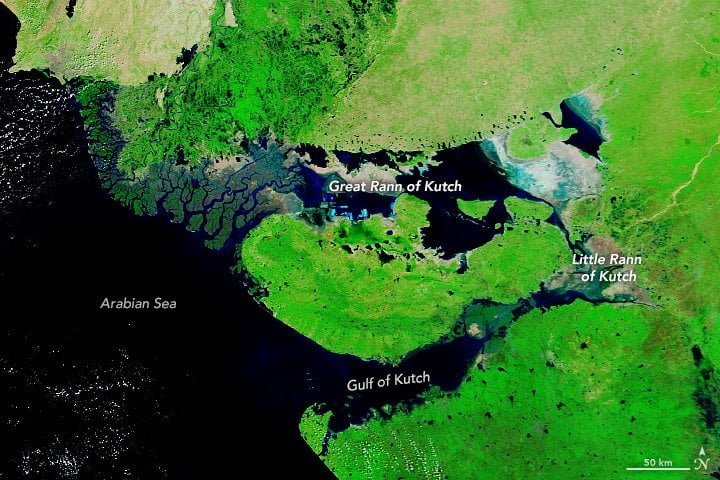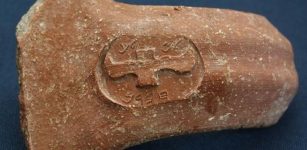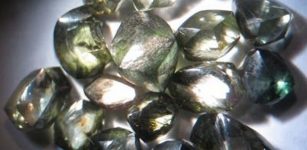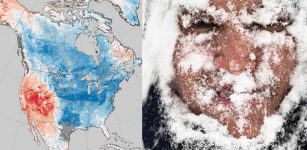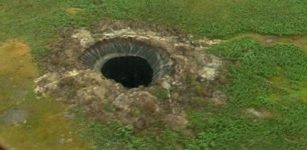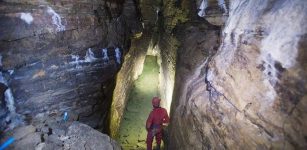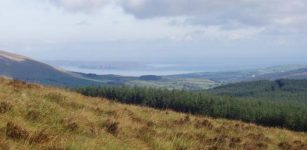The Unique White Desert Of India In Rann Of Kutch
Cynthia McKanzie – MessageToEagle.com – The White Desert in Rann of Kutch India is not only very beautiful but also very unique.
There are only two such white deserts on our planet and the other one is the Salar De Uyuni Desert situated in Bolivia.
Located in northwest India, the Kutch district can appear drastically different depending on the time of year. For half the year, the district’s northern salt deserts are hot, dusty plains. During monsoon season, rains transform those deserts into wetlands with abundant wildlife.
Pan edge of Rann of Kutch – Credit: saltworkconsultants.com
The Kutch district contains one of the largest salt deserts in the world: the Rann of Kutch. (Rann means desert in Hindi.) Although the desert is largely in India’s Gujarat state, some parts extend into the Sindh province of Pakistan. Spanning 26,000 square kilometers (10,000 square miles), the Rann was a shallow arm of the Arabian Sea thousands of years ago. It evolved into an extensive saline mudflat due to centuries of silting. During the dry season, the area has one of the highest annual evaporation rates in the region.
The Rann of Kutch and Gujarat state are the largest salt production areas in India. During monsoon months, the Arabian Sea floods Rann with sea water. When the water retreats around October, salt farmers dig wells and pump briny groundwater into square fields where white salt crystals are naturally evaporated out.
The shallow wetland is divided into two sections: the Great Rann of Kutch and Little Rann of Kutch. The Great Rann is a vast span of salt and known for its white, snowy look, which also makes it a popular filming spot for Bollywood movies. The Little Rann, which lies to the southeast, is known for its wildlife; it is one of the few places to spot the Indian onager. The area is also a popular birdwatching spot where visitors can see eagles, flamingos, cranes, and more.
The images above show the Kutch district on October 7, 2020 (left), near the end of monsoon season, and on April 7, 2021 (right). These false-color images, acquired with the Moderate Resolution Imaging Spectroradiometer (MODIS) on NASA’s Aqua and Terra satellite, use a combination of infrared and visible light (bands 7-2-1) to make it easier to distinguish various features. Water appears navy blue and black; vegetation is bright green; the cyan and white are clouds and bright surfaces, most likely salt pans. Credit: Earth Observatory
During very wet years, the wetlands can extend to the Gulf of Kutch. Lined with mudflats and small islands, the Gulf of Kutch separates the Kutch district from the Kathiawar peninsula to the south. The gulf also includes the first marine conservatory in India: the Marine Sanctuary and Marine National Park. The park includes 42 islands, as well as coral reefs, sandy beaches, and diverse marine life.
Written by Cynthia McKanzie – MessageToEagle.com Staff Writer

